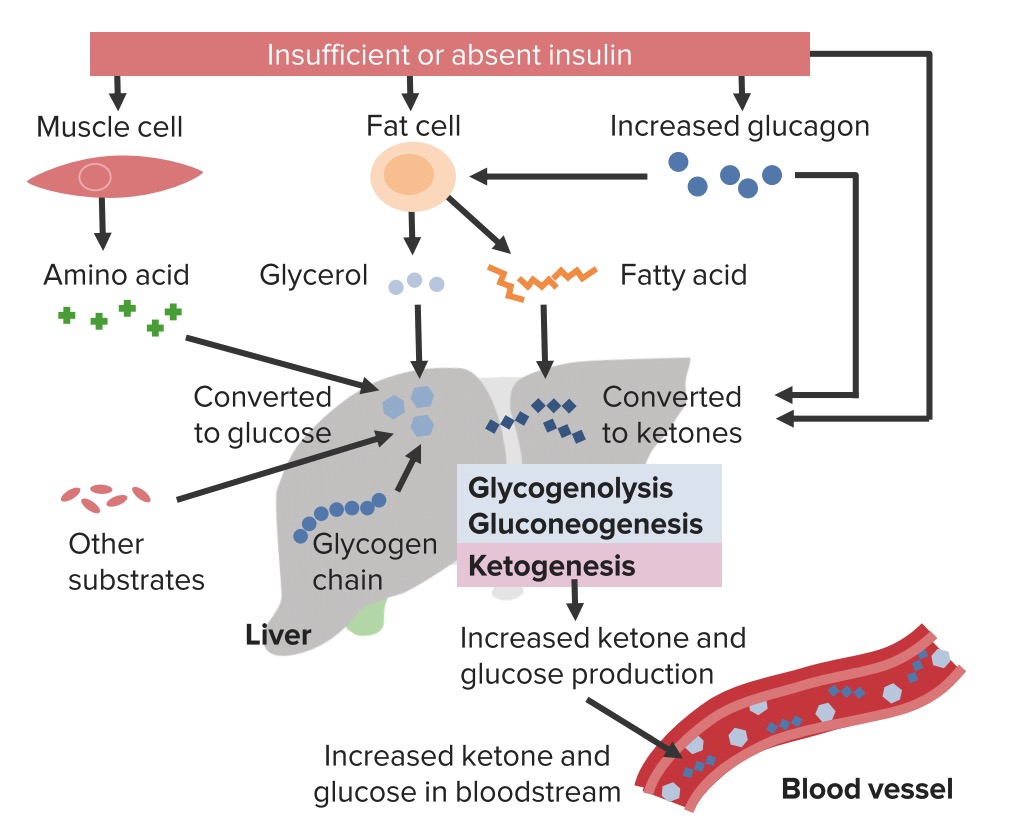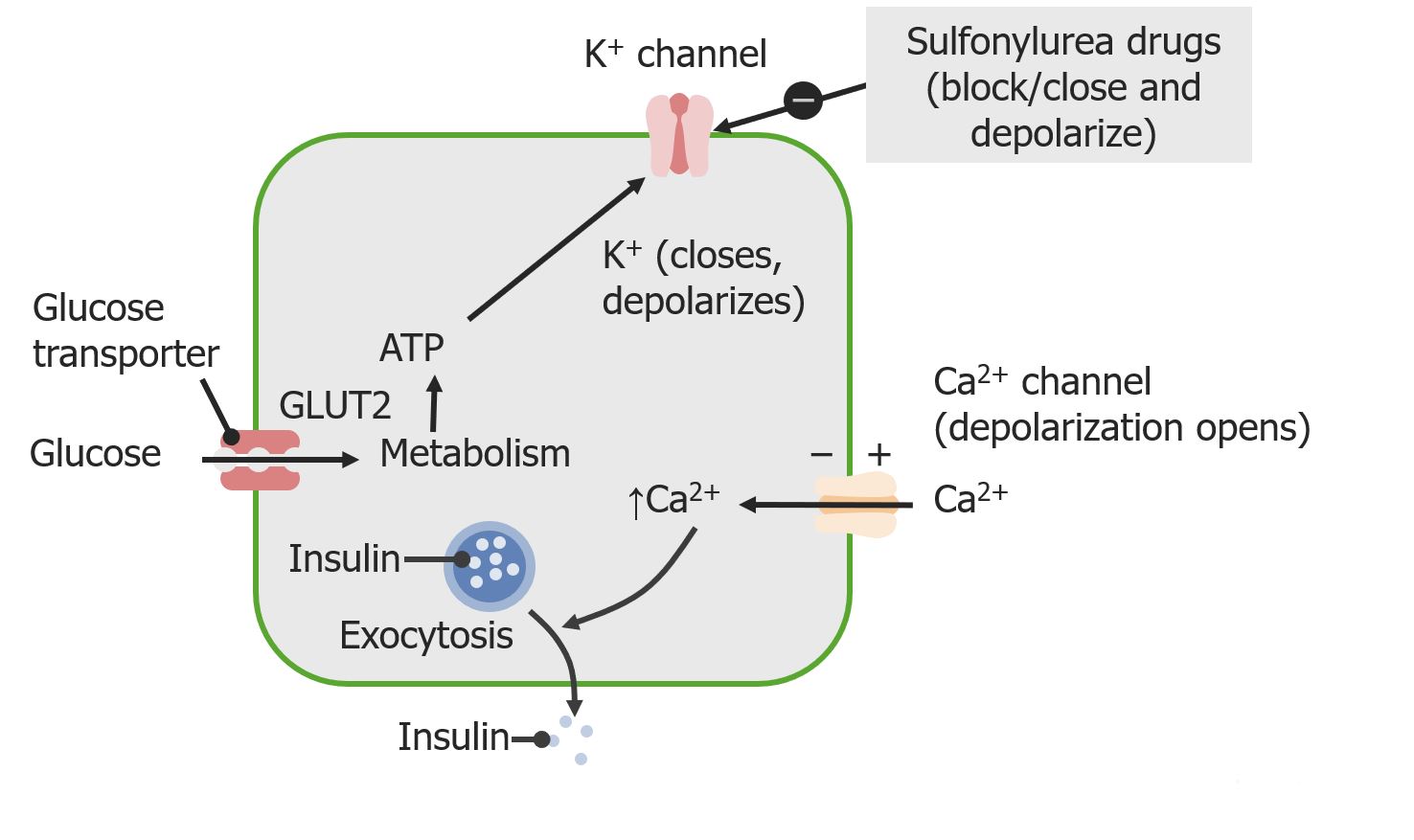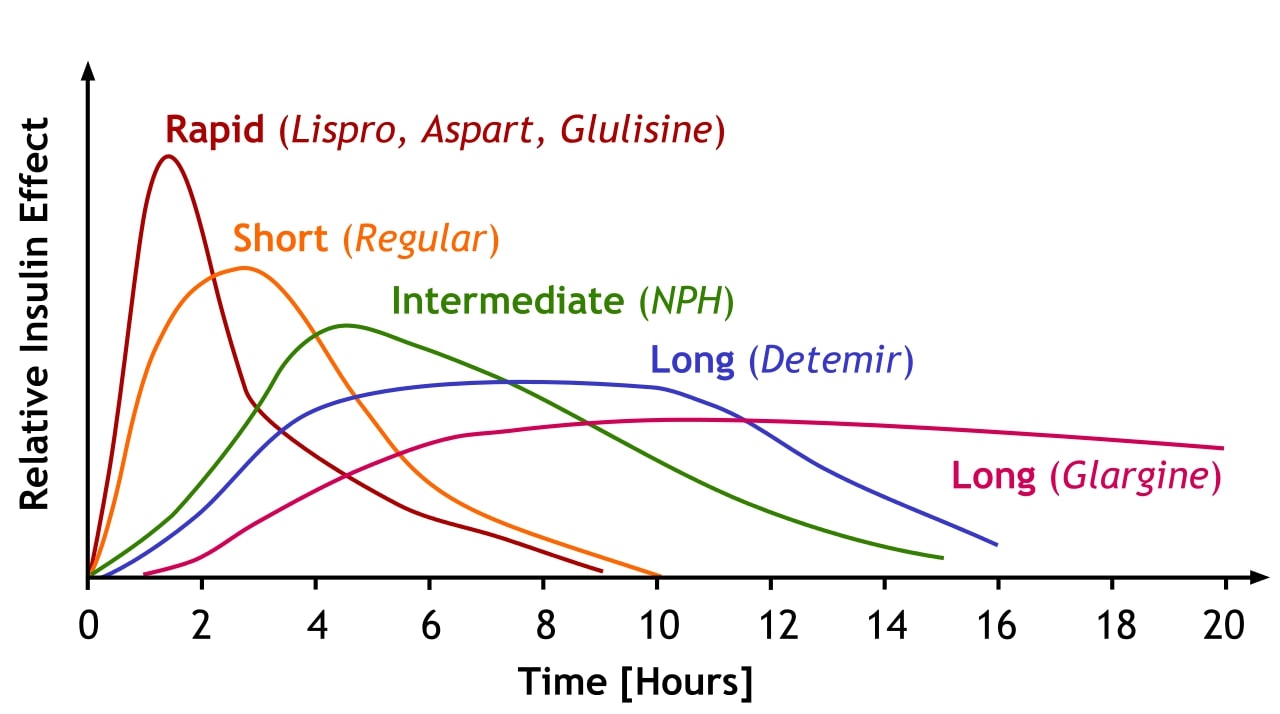Playlist
Show Playlist
Hide Playlist
Hyperglycemic Hyperosmolar State (HHS)
-
Emergency Medicine Bord Hypo and Hyperglycemia.pdf
-
Download Lecture Overview
00:01 We’re also gonna talk about a hyperglycemic hyperosmolar state. 00:05 So this is characterized by marked hyperglycemia. 00:08 Patients are gonna have an elevated osmole count. 00:14 So they’re gonna be hyperosmolar, altered mental status. 00:18 So historically, this was called something with a coma. 00:22 So patients would present and they would be very altered and be in a coma. 00:25 That has since been removed from the title here. 00:28 And generally, they would have a mild degree of ketoacidosis. 00:32 So they’re not gonna be very acidotic. 00:34 They’re not gonna necessarily smell like ketones. 00:37 So for the ketone smellers out there, you’re not gonna necessarily have that advantage. 00:42 If an acidosis is present, look for other sources. 00:46 Potentially, the patient may have lactic acidosis, because this condition can be associated with sepsis, specifically, gram negative sepsis. 00:54 So what is the classic presentation here? So this is gonna be an older patient. 01:00 It’s generally a longer prodrome than DKA. 01:04 So patients present after a longer period of time. 01:08 DKA generally presents within the first few hours or within the first day of symptoms. 01:13 Patients are gonna be severely dehydrated. 01:16 They’re gonna be very, very dry. 01:19 And patients may have altered mental status and neuro symptoms and this will potentially dominate the presentation for the patient. 01:27 HHS is associated with kidney dysfunction, gram negative sepsis and pneumonia, and also possibly, GI bleed. 01:36 So important to look for those three key things when you’re evaluating a patient with the HHS. 01:42 What will your vital signs be? The patient’s gonna have an elevated heart rate. 01:46 They’re gonna be tachycardic. 01:48 They’re very volume deplete. 01:49 They may have a fever, and the blood pressure may be low. 01:54 The classic diagnostic things here are that your patient will have an elevated blood sugar. 02:00 This is generally gonna be more elevated than in DKA. 02:04 So in DKA, it’s about 300, 350, 400. 02:08 Here, it’s gonna be over 600. 02:10 It’s gonna be a very elevated blood sugar. 02:12 There should be no acidosis or minimal acidosis and ketosis. 02:17 We think of this generally as the bicarbonate level being greater than 15. 02:22 In DKA, the bicarbonate levels can be as low as 10, two, very, very low. 02:28 There will be potentially prominent electrolyte abnormalities, elevated BUN, elevated creatinine, lots of abnormalities with the sodium and the potassium. 02:41 The treatment though is very similar to DKA. 02:46 It technically does not need an insulin drip. 02:48 The main thing that you’re doing with the insulin drip in DKA is you’re helping the body clear the ketones and helping the body clear the acidosis. 02:56 Here, patients don’t necessarily need an insulin drip because they don’t have that element, but it’s the most controlled way to lower the blood sugar. 03:03 It’s gonna give you the most accurate way to do that. 03:07 For here, you really wanna make sure you’re aggressively looking for that underlying cause. 03:12 You don’t wanna miss an underlying cause here.
About the Lecture
The lecture Hyperglycemic Hyperosmolar State (HHS) by Sharon Bord, MD is from the course Endocrine and Electrolyte Emergencies.
Included Quiz Questions
Which of the following is NOT true about the hyperglycemic hyperosmolar state?
- Pronounced ketoacidosis is common.
- It commonly affects elderly patients.
- Its prodrome is longer than the prodrome observed in DKA.
- Patients frequently present with altered mental status.
- Neurologic symptoms are common.
What is the usual blood glucose level observed in hyperglycemic hyperosmolar state?
- >600 mg/dL
- 200–300 mg/dL
- 300–400 mg/dL
- 400–500 mg/dL
- 500–600 mg/dL
Customer reviews
5,0 of 5 stars
| 5 Stars |
|
5 |
| 4 Stars |
|
0 |
| 3 Stars |
|
0 |
| 2 Stars |
|
0 |
| 1 Star |
|
0 |








